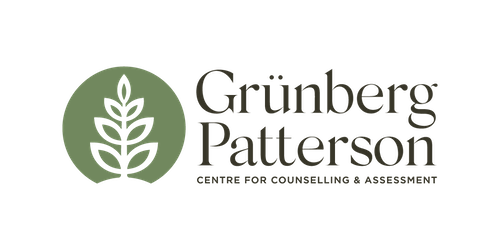Housing for People
Housing for People
This article was first published in the Island Word in 2006, when the Comox Valley was in the midst of a housing crisis. Oddly, we are still in that housing crisis; homelessness in the Comox Valley remains an urgent issue, even as the local media has tired of covering it. The most hopeful and helpful things being done on the issue are still the work of a few people: alongside the stallwart Salvation Army (which runs a small homeless shelter), there are the small but remarkalbe non-profit Dawn to Dawn, and the tireless efforts of the Jins to keep open and improve Maple Pool. It’s not enough.
They say that the body is the temple in which we live. Bodies are like houses; houses are like bodies. A healthy mind needs a body to support it; a healthy body needs a place in the world to call “my home”.
Good housing is essential to both physical and mental health. Judith Herman, one of the great researchers and therapists who has studied Post Traumatic Stress Disorder for nearly half a century, says that an emotionally traumatic event is one that makes us feel as though the world we live in has changed irrevocably. Where once we took safety and fairness for granted, we are forced to live with uncertainty. The ground beneath us is rocked. There are three steps, she says, to recovery. We must make sense of the trauma, and integrate into a meaningful and hopeful story about what our lives can be. We must reconnect with community and belonging. But first, we much re-establish safety.
A good house (whether it be in an apartment building, a row house, or a detached dwelling) protects us physically from harm. A good house does not make us sick with molds or toxins, and it is away from dangers of crime and pollution. There are strong doors and locks between us and those who might do us harm. It is warm in the winter, and the air circulates in the summer. Even after we’ve had our world rocked, a good house invites a sense of safety to return, and gives us a base for putting ourselves back together again.
A house becomes part of our personal story. We organize our memories by where we lived, and why, and how we felt there. Serena often dreams about her childhood home, where a door in her bedroom led to a long, dark storage closet that delighted her with discoveries during the day, and terrified her with the unknown at night. She often tucked herself in between boxes and trunks with a good chapter book, quiet for hours. In her dreams, she enters the closet to find a huge, airy and sunlit studio, perfect for dancing or creating. She remembers the years when she learned to conquer her fears and to harness an imagination that could take her anywhere. Monika remembers her grandmother’s home: the one with the outhouse, and the chickens; then the one with the neighbors which complained about children’s sounds (that was us, having a hard time remembering to be quiet because the walls to the next apartment were so thin); and then the one where she wanted her own bedroom, but had to share with her siblings.
A good house is part of a neighborhood, where people build relationships in the natural course of day-to-day bumping into each other. Some of our fondest memories are of houses that weren’t nice by material standards, but where neighbors watched out for one another and visited. The student housing at SFU in the 1980’s was far from luxurious; concrete walls and floors, extreme temperatures, overcrowding and insects plagued the families there, who had neither time nor money to spend on decorating. Still, the shared laundry and TV rooms, the playground, the daycare, and the “recycling room” where clothing and other items were left for whoever needed them next provided places to gather. Troubles were shared along with hand-me-down clothes, and children became playmates under the watchful gaze of several parents at once.
Monika’s fondly remembered Leveller’s Housing Co-op in East Vancouver had a shared courtyard and common room that saw many shared suppers, meetings and miniature festivals for the children and adults, a shared roof deck and very cheap laundry. On sunny days, children rode their tricycles around, played hopscotch and made chalk drawings. And most importantly, ‘housing charges’ varied in accordance with member’s incomes: Whether a student, unemployed, single parenting or employed, ‘housing charges’ varied, never more than a quarter of anyone’s income. If only this was available who all who wanted it.
In Serena’s childhood town, the village park was a block square, surrounded on all sides by elders on front porches who called out, “behave yourself!”, or even “shame on you!” as needed through long summer twilight games. The park saw many a broken arm or collarbone, but never without a witness to jump into protective action. If she needed a break from the brutality of children, Serena knew which old women had stories to tell her, and would teach her something useful, like piecing a quilt or making a button-spinner.
How a neighborhood begins is important. Planning for shared gathering spots, for sidewalks, for porches or benches and windows that look outward toward the places where children play, for traffic safety and green space; all of this matters. Developers who meet first to plan with the existing neighbors, before they clear-cut and scrape out the topsoil, would help a great deal in the building of real neighborhoods. Town Councils have a very important role to play, too. Zoning needs to be revisited every so often, especially on land that has lain empty for five or more years. Corner stores and an integration of generations and of income brackets make a healthier mix than endless tracks of disconnected suburban dwellings. Monika points out that in some progressive European communities city planners are required to look ahead at the next hundred years or more: what a far cry from Courtenay City Council whose newest community development plan covers the next four of five years only.
Once the building is done, however, the making of a neighborhood is an ongoing process that everyone participates in, for better or worse. Malcolm Gladwell, The Tipping Point describes the broken-window effect; neighborhoods with broken windows have higher crime rates. Fix the windows, spruce things ups, and crime rates go down. It turns out that our behaviour is powerfully shaped by the environments in which we find ourselves, Most of us, most of the time, behave better on a well-tended street. It goes around in a circle: a neighborhood that is loved and cared for encourages our best neighborly behavior, which, in turn, makes the neighborhood more loved and cared for. So a good house is not just built and left there; it is part of the ongoing pattern of how we live together on our little patch of the earth.
If everyone had a right to safe, affordable housing and neighborhoods, we’d all be a healthier community. Perhaps it would make our work , as therapists and educators, easier: People’s energy would not be zapped by the lack of safe affordable housing, and could be directed elsewhere. And, perhaps we’d have to find something else to do, like growing blueberries, or fishing, or sitting on the front porch, or in the backyard, by the creek.


